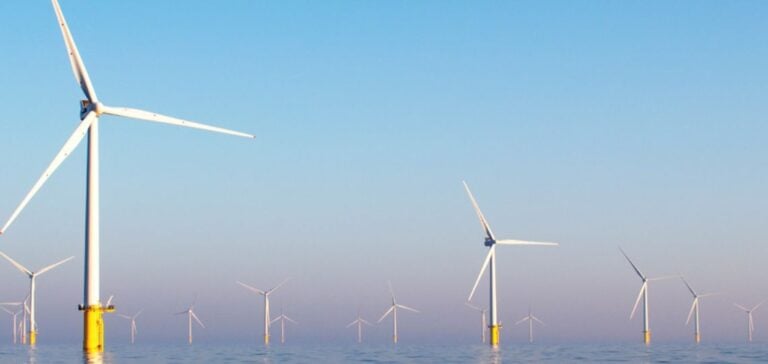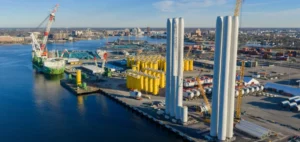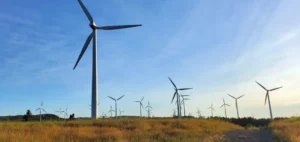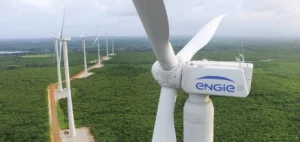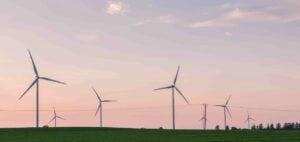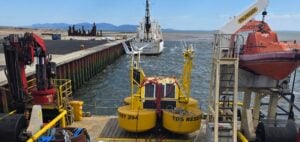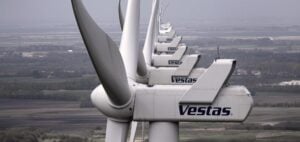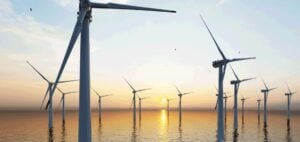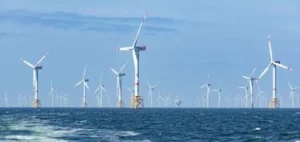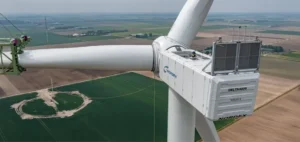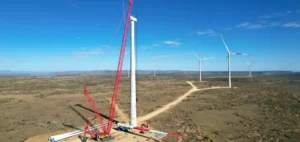Ireland is embarking on a strategic upgrade of its port infrastructure to support the development of offshore wind energy, in partnership with the European Investment Bank (EIB).
The partnership aims to define investment needs and develop appropriate financing strategies to transform Irish ports into hubs capable of handling large-scale energy projects.
The initiative is in line with the country’s objective of achieving 80% of electricity production from renewable sources by 2030.
Assessment of Current Port Infrastructures
At present, no port in Ireland is fully equipped to support the complex logistical requirements of offshore wind farms.
The ports identified for these developments, chosen for their unique characteristics in terms of location and operational capacity, will need to be adapted to reduce the costs of installing and maintaining wind turbines.
The partnership with ISB will enable us to assess existing infrastructures and prioritize the necessary investments.
Financing Strategies for Optimized Development
The EIB and the Irish Department of Transport are working together to identify the most appropriate sources of funding.
Options under consideration include public, private or a combination of the two, aimed at securing capital while guaranteeing the long-term profitability of port projects.
This approach will not only support the expansion of offshore wind energy, but also enhance the attractiveness of Irish ports for other maritime projects.
Regional Economic Development and Investor Attractiveness
Investment in port infrastructure is not just about the technical capacity of the facilities, but also encompasses the economic development of the surrounding regions.
Improving ports can stimulate local economic activity by creating jobs and enhancing skills.
For investors, Ireland offers attractive prospects thanks to its vast maritime potential and a favorable environment for renewable energies.
Ability to meet national energy targets
Ireland’s ambition is to reach 5 GW of offshore wind capacity by 2030, and up to 37 GW in the longer term.
Port modernization is key to achieving these goals.
Each port will play a specific role, whether in construction, maintenance or logistics.
The government and ISB expect the lessons learned from these initial investments to serve as models for other similar infrastructures in Europe.
Pan-European Perspectives and ISB Experiences
EIB’s experience in financing infrastructure across Europe, including rail and renewable energy, will be leveraged to maximize the efficiency of port investments in Ireland.
This expertise is crucial to establishing a stable investment framework and attracting large-scale capital, while ensuring the competitiveness of Ireland’s energy sector on the European stage.


